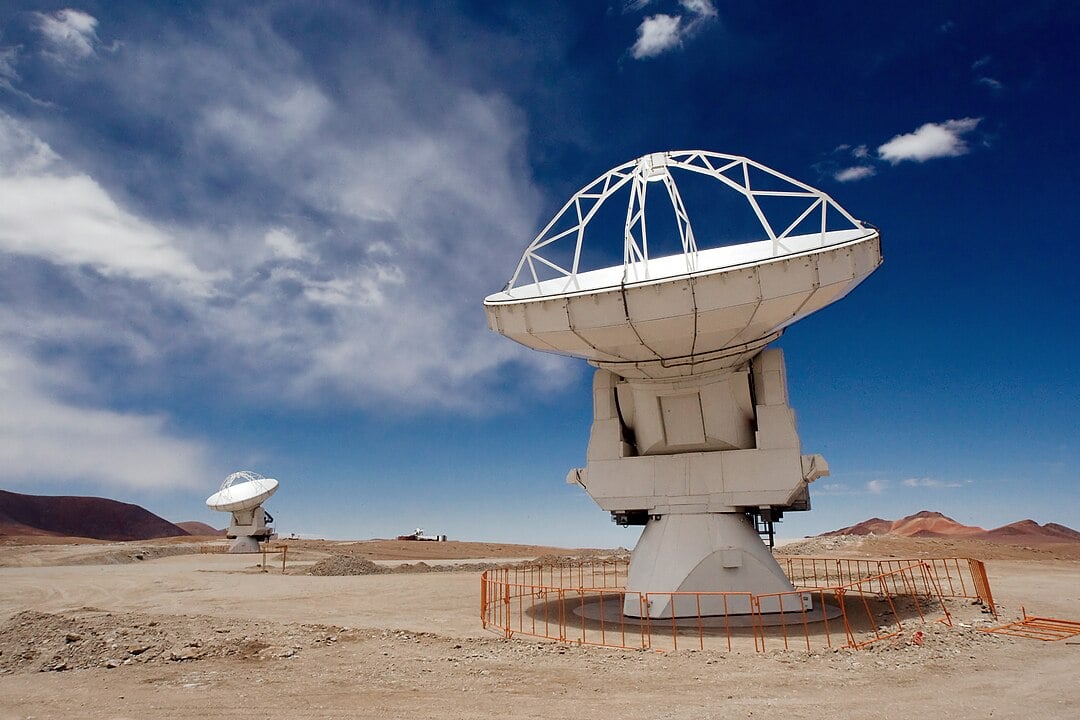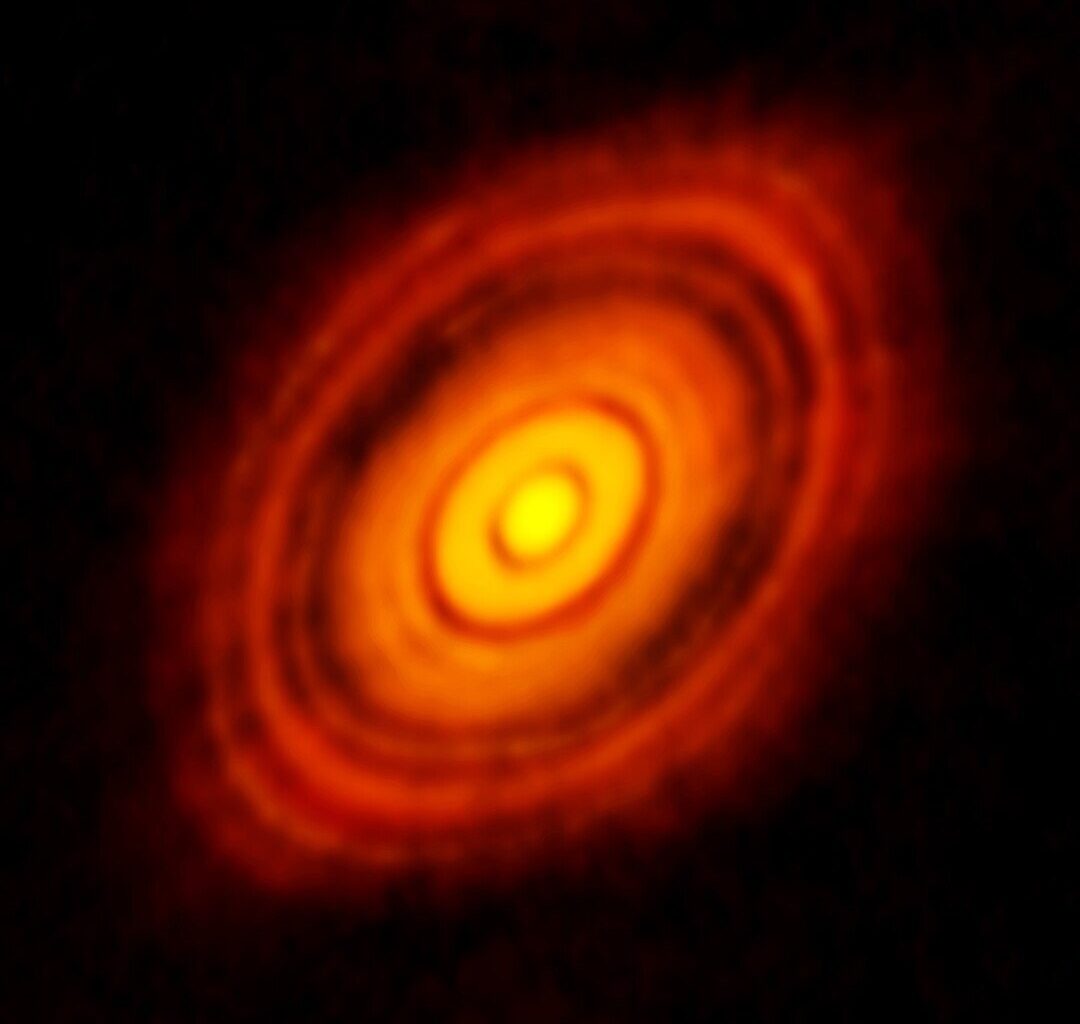Planetary formation has, by and large, been well understood and it involves flat discs of dust and gas slowly coalescing into new alien worlds. New research has just been published which seems to give that familiar process a bit of a twist. The international team of researchers behind the study and led by Dr Andrew Winter from Queen Mary University of London, have discovered compelling evidence that many protoplanetary discs are in fact subtly warped.
 The evolutionary sequence of proto-planetary disks with substructures (Credit : NRAO/AUI/NSF)
The evolutionary sequence of proto-planetary disks with substructures (Credit : NRAO/AUI/NSF)
These aren’t dramatic bends and buckles though, the warps are slight, often just a half to two degrees of tilt, but they fundamentally change how we understand planetary formation. What makes the discovery particularly intriguing is that these subtle shapes bear a striking resemblance to the tilts observed among the planets in our own Solar System. The orbital planes of our planets aren’t perfectly aligned, they vary by a few degrees, and this new research suggests this might be baked in from the very beginning.
To uncover these modest deformations, the team used the Atacama Large Millimetre/sub-millimetre Array (ALMA) in Chile to analyse doppler shifts. The tiny changes in the radio waves emitted by carbon monoxide molecules within the discs helped the team to measure the motion of the gas. By carefully mapping their velocity across the discs, they were able to detect when different regions were slightly tilted, revealing the warps hidden in what appeared to be flat structures.
 Two of the Atacama Large Millimetre/sub-millimetre Array (ALMA) 12 metre antennae (Credit : Iztok Bončina/ESO)
Two of the Atacama Large Millimetre/sub-millimetre Array (ALMA) 12 metre antennae (Credit : Iztok Bončina/ESO)
The implications are quite exciting because if these warps are common, they change our understanding of processes within protoplanetary discs. The warps could drive turbulence, influence how material moves and exchanges within the disc, create spiral patterns, and ultimately dictate how planets form and settle into their final orbits. The research even hints at a link between the disc’s innermost regions, where the young star feeds, and its outer planet forming areas, with the nature of warping connected to how much material the star is actively drawing inward.
The challenge facing the team now is understanding why these discs are warped in the first place. Is it the gravitational pull of unseen companion stars lurking nearby? Perhaps the movement of gas and dust itself naturally creates these twists, but whatever the answer, for now, it remains out of reach. The discovery opens fascinating new avenues for understanding the worlds beyond our Sun and suggests that the initial conditions for planetary systems might be far less orderly than we once thought, making planet formation an even more dynamic and surprising process than textbooks suggest.

